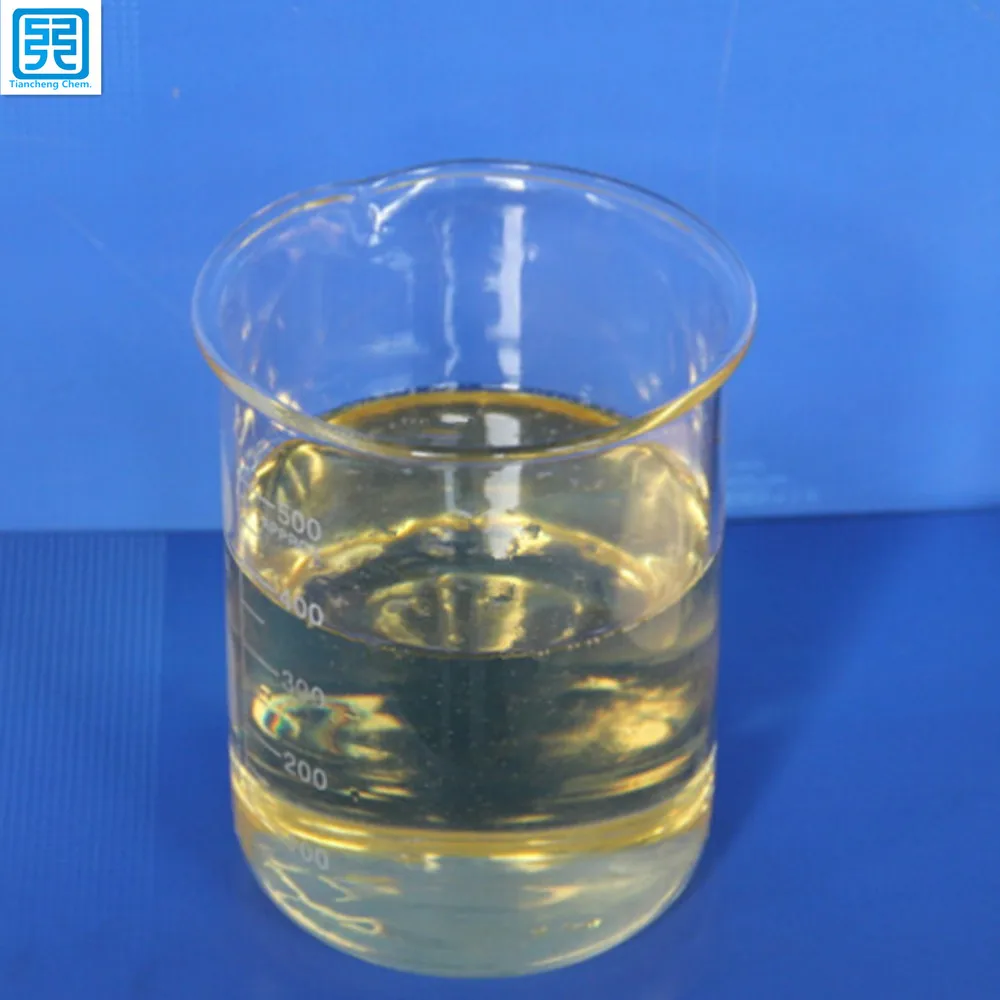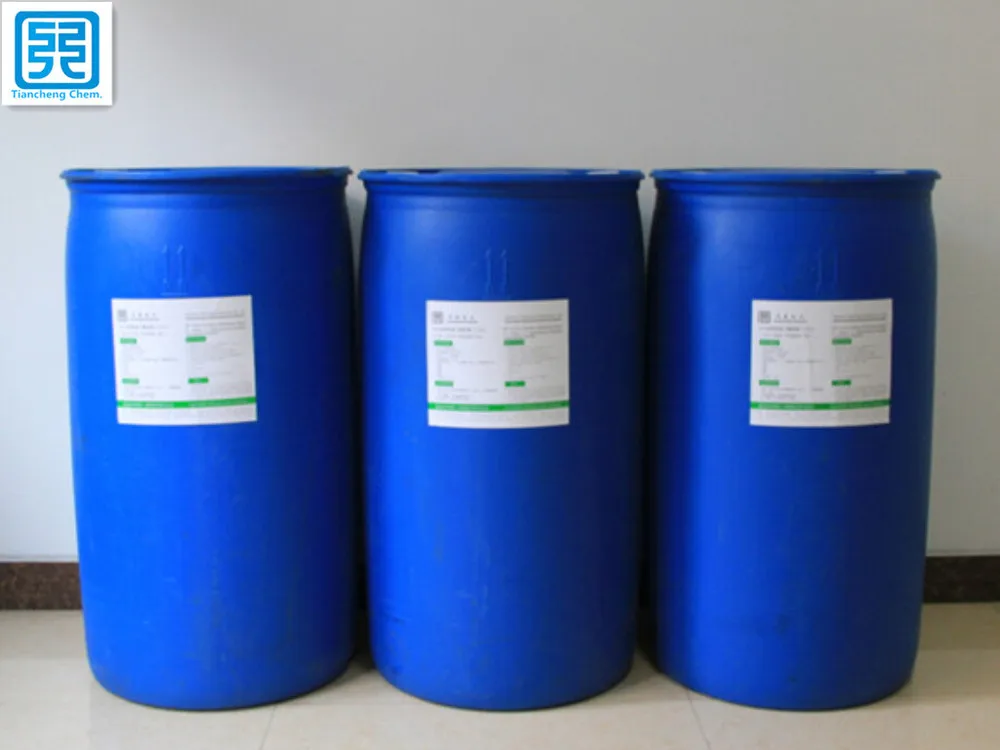1. Low-pressure flushing Reverse osmosis equipment Regularly flushing the reverse osmosis equipment with large flow, low pressure, and low pH value will help remove dirt that adheres to the surface of the membrane and maintain membrane performance, or when the SDI in the influent water of reverse osmosis equipment suddenly rises. When it exceeds 5.5, it should be flushed with low pressure until the SDI value is adjusted to pass and then start up.
2. Reverse Osmosis Equipment Outage Protection Due to fluctuations in production, reverse osmosis equipment must inevitably be shut down frequently. Protection measures must be taken when short-term or long-term decommissioning. Unsatisfactory treatment will result in degraded membrane performance and non-recoverable.
Short-term preservation applies to systems that are out of service for up to 15 days. Reverse-osmosis equipment can be protected by low-pressure flushing every 1 to 3 days. It has been found in practice that when the water temperature is above 20°C, the water stored in reverse osmosis equipment will stink and deteriorate after being stored for 3 days, and a large amount of bacteria will multiply. Therefore, it is recommended that when the water temperature is higher than 20°C, rinse once every 2d or 1d. If the water temperature is lower than 20°C, flush with low pressure every 3 days. After each flush, close all the inlet and outlet valves on the reverse osmosis device. .
The long-term decommissioning protection is applicable to systems that have been out of service for more than 15 days. In this case, the reverse osmosis device of the water purification equipment must be protected with a protective liquid (bactericide). The commonly used fungicides formula (composite membrane) was formaldehyde 10 (mass fraction), isothiazolone 20 mg/L, and sodium bisulfite 1 (mass fraction).
3. Chemical cleaning of reverse osmosis membranes Under normal operating conditions, reverse osmosis membranes may also be contaminated with inorganic substances, colloids, microorganisms, metal oxides, etc., and these substances deposited on the membrane surface may cause the reverse osmosis device of the water purification equipment to reduce its output. The rate of desalination decreases, the pressure difference increases, and even the membrane is irreparably damaged. Therefore, in order to restore good water permeability and desalination performance, the membrane needs to be chemically cleaned.
Usually 3 to 12 months for cleaning once, if you have to clean once a month, which shows that the pretreatment system should be improved, adjusting the operating parameters. If one to three months need to be cleaned once, the operation level of the equipment needs to be improved, and it is difficult to judge whether it is necessary to improve the pretreatment system.
With the constant improvement of economic level, people` requirements on the quality of paper are increasing high. A great number of paper products must have excellent resistance to fracture under moist state, in other words, must have a certain degree of wet strength. While the traditional papermaking wet strength agents are urea resin and melamino-formaldehyde, both belonging to formaldehyde resin with intense pungent smell and certain toxicity, and can be used in acid condition to acquire the wet strength. However the whiteness will descend a lot and the paper will be weak after the finished paper acquiring the wet strength. Polyamide polyamine epichlorohydrin resin (PAE) is water soluble, cationoid and thermosetting resin. This product is a non-formaldehyde polymer, non-toxic and tasteless, with a wide range of PH value and suitable for acid, neutral or slightly alkaline papermaking conditions, as well as the acid condition. Wet strength effect is better than the urea-formaldehyde resins and melamine formaldehyde resin. PAE resin, which is an excellent Wet Strength Agent, develops fast in recent years with China`s paper industry development.
The high performance papermaking wet strength agent (PAE) that we produced has been widely used in a great amount of domestic factories and the finished paper products` wet strength index has surpass the similar products in domestic and foreign counties.

1. Performance Indicators
|
Item |
Indicator |
|
Appearance |
Light yellow to light amber translucent liquid |
|
Solid content,% |
25 |
|
Viscosity mpa.s (25℃) |
25~70 |
|
PH value |
4.0~6.0 |
|
Density kg/l |
1.03 |
|
Ion type |
Cationic |
|
Ice point (℃) |
-1℃ |
|
Storage period (under normal temperature) |
≥90 |
|
Solubility |
Diffluent in cold water |

2. Application
PAE active ingredient is polyamide epichlorohydrin thermosetting resins that can be used as below:
1. Paper products with the need for drying or wiping water, such as: napkins, wet tissue paper, facial tissue, paper napkins, kitchen towels, wiping window paper, industrial wipes, lens wiping paper, cosmetic paper etc.;
2. Outdoor paper: such as kraft paper, packing paper, outdoor poster paper, construction paper, sack paper, map paper, germinating paper, fruit bag paper;
3. Wet wrapping materials: such as paper cups paper, meat paper, wrapping paper and boxes for fruits and vegetables, frozen and refined food packaging paper, pressure sensitive copy paper, filter paper, leaching processing paper and tea bag paper;
4. Paper soaked in water: as photographic raw paper. Instead of disposable textile products, such as hospital bed sheets, toilet paper and other disposable hospital garb.
Other issues such as cigarette paper, paper used for invoices.
PAE, as wet strength agent excellent efficiency (PAE), has been widely accepted by the papermaking industry
5. Storage Condition
Storage: Avoid direct sunlight, prohibiting contact with concentrated acids. Storage temperature is 0 ~ 35 ℃and the product can be stored for up to 3 months under 5 ~ 35 ℃.
4.Package and Transportation Safety
Package: 200 kg polyethylene barrels or 1000 kg IBC barrels.
Transportation: The product is non-flammable, non-explosive and low corrosive and non-dangerous. It can use plastic buckets as containers on railways, highways, aviation, marine to achieve the purpose of the safe transport, and if the leaking occurs during transportation, you can simply rinse on the spot.
Wet Strength Agent
Wet Strength Agent,Polyamide Epichlorohydrin Resin,WSR,Wetting Strength Agent
Shandong Tiancheng Chemical Co., Ltd. , http://www.akdchemical.nl